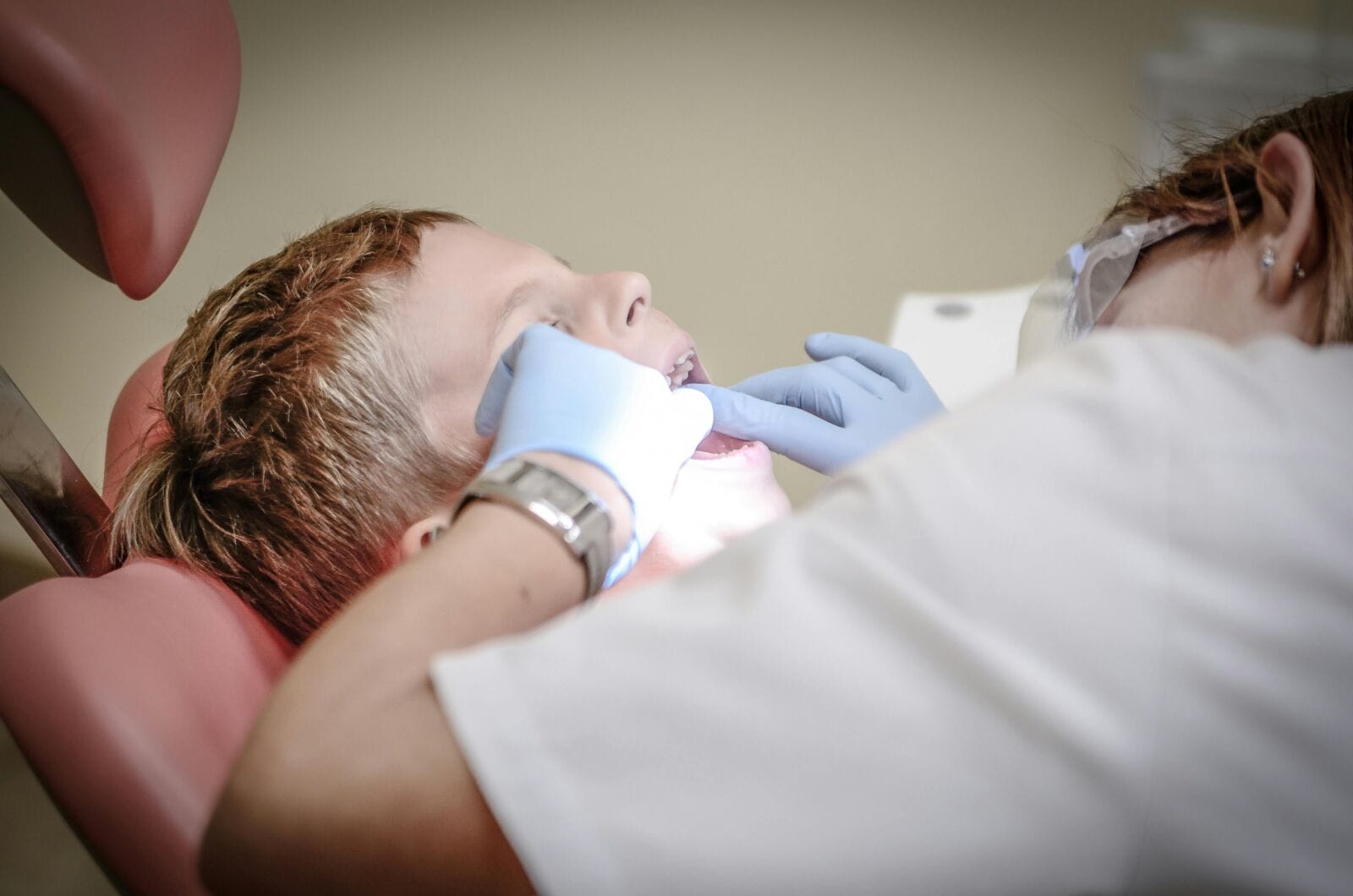Fluoride treatments are an important part of children’s dental care, mostly because they offer an effective and simple way to prevent cavities and make teeth stronger. As part of a wider preventive strategy, fluoride helps to protect young smiles and sets children up for maintaining long-term oral health. For parents, knowing the benefits of fluoride treatments, as well as the role of the dentist in how they’re administered, can make all the difference in their child.
LEARN MORE: Read the latest consumer and lifestyle news here
The treatment is typically administered in a dental office and is part of a comprehensive plan to fight against cavities that is adjusted over time based on the individual. Dentists recommend fluoride treatments at regular intervals, usually every six to twelve months, depending on the child’s risk factors for tooth decay, but always provide a supportive environment for the benefit of the child. The vital element of this that dentists can’t control is getting parents to ensure that children go to these appointments and get treatment on time. It requires both the work of dentists and parents to ensure children get the necessary treatment.
Keep reading to learn more about fluoride treatments and why they’re an important part of dental care.
Understanding Fluoride Treatments
Fluoride treatments at the dentist’s office come in many forms, including gels, foams, and varnishes. Each type has its own unique benefits and application methods, making them suitable for different dental needs and age groups. This is what you need to know about these treatments.
- Types of Fluoride Treatments
Fluoride Gels and Foams: These treatments are usually applied with a soft brush or in a tray that fits over the child’s teeth. Both types are highly effective in remineralizing tooth enamel, reducing the risk of cavities, and helping to repair early signs of decay. Fluoride gels are often used when a more intensive fluoride application is required, while foams are a quicker, more comfortable option for younger children.
Fluoride Varnishes: Varnishes are considered the most effective form of fluoride treatment. They are easy to apply, dry quickly, and remain on the teeth longer, allowing maximum fluoride absorption. This prolonged contact enhances the treatment’s efficacy, especially in hard-to-reach areas. Varnishes are typically applied by brushing directly onto the child’s teeth and do not require additional time in the dental office.
Over the years, fluoride treatments have improved, with new formulations being developed to improve both their delivery and effectiveness. For example, the addition of xylitol and calcium phosphates in some treatments further enhances remineralization. Dentists can tailor the type of fluoride treatment to each child’s needs based on age, dental development, and oral health risks.
- How Fluoride Prevents Cavities
Fluoride works through a process called remineralization, where it helps to restore minerals to the tooth enamel that may have been lost due to acids from food and bacteria. When fluoride is applied, it binds with the calcium and phosphate in the tooth structure, creating a more resistant enamel surface. A stronger enamel can better withstand the acids produced by bacteria in the mouth, thus reducing the risk of tooth decay.
Fluoride can also help reverse early signs of decay. When a cavity is in its initial stages, fluoride can arrest the process and restore the tooth before significant damage occurs. The other critical thing that fluoride can do is disrupt bacterial metabolism by inhibiting the production of acids that contribute to cavity formation. By reducing acid levels in the mouth, fluoride prevents further tooth demineralization, keeping your child’s teeth healthier for longer.
- The Importance of Professional Application
While fluoride is found in various over-the-counter products, professional application at a dentist’s office ensures the correct dosage and maximum effectiveness. Overexposure to fluoride can have adverse effects, including dental fluorosis, a condition that causes discoloration or pitting of the teeth. Professional oversight ensures that fluoride is applied safely, at the right concentration, and in the most effective manner.
Dentists can tweak fluoride treatments according to each person’s needs. By thinking about the child’s risk for cavities, age, and dental development, a dentist can personalize the treatment schedule, ensuring that the child receives optimal protection from tooth decay, which is crucial for effective treatment. Going to a dentist means you don’t have to worry about whether your child is being overexposed to fluoride, particularly as there is still ongoing research into the dosage recommendations.
Why Are Dentist Offices Vital For Cavity Prevention?
You shouldn’t just go to the dentist to deal with your existing dental problems. Going to the dentist regularly is important to prevent future issues. Dentists can spot minor issues before they turn into bigger ones and offer you preventative treatments – like fluoride treatments – to help keep your mouth healthy.
- Expertise and Experience of Dental Professionals
Pediatric dentists at a trusted dental clinic have specialized training in understanding children’s unique dental needs. During regular checkups, they assess each child’s oral health comprehensively, using visual examinations, X-rays, and advanced diagnostic tools. Early detection of dental issues, such as weak enamel or early cavities, allows dentists to intervene before serious problems develop. This proactive care can make a significant difference in a child’s overall oral health.
- Personalized Treatment Plans for Effective Cavity Prevention
Preventive care is not one-size-fits-all. Each child’s oral health is unique, and treatment plans must reflect this. Dentists work with parents to design a tailored plan that may include fluoride treatments, oral hygiene education, and guidance on dietary habits that support oral health.
For children with special healthcare needs, dentists may adjust treatment protocols to ensure that fluoride applications are safe and effective. Regular follow-up visits are essential to track progress and make any necessary adjustments. Over time, these visits allow for the refinement of care strategies, ensuring that any changes in the child’s dental health are promptly addressed.
- Safe and Controlled Environment for Fluoride Application
The application of fluoride in a dental office is always done in a controlled, safe environment. This is guaranteed because dental professionals follow strict protocols to ensure that the treatments are both effective and safe. For example, infection control measures, high-quality materials, and sterile equipment are essential to providing safe fluoride treatments. The dental team—including assistants and hygienists— also works together to support the dentist, ensuring that the fluoride application process is efficient and comfortable for the child.
Moreover, the dental office provides an atmosphere where children can feel comfortable, reducing anxiety and encouraging positive associations with dental care. This safe environment is crucial for making fluoride treatments a positive experience, one that children will look forward to as part of their overall dental care routine.
Summing Everything Up
Parents should see fluoride treatments as an essential part of their child’s dental health routine, along with regular checkups, proper oral hygiene practices, and a balanced diet. By prioritizing preventive care, parents can help ensure that their children have strong, healthy teeth for years to come. Fluoride treatments are not just about preventing cavities—they are about supporting a lifetime of good oral health and contributing to broader public health goals.




